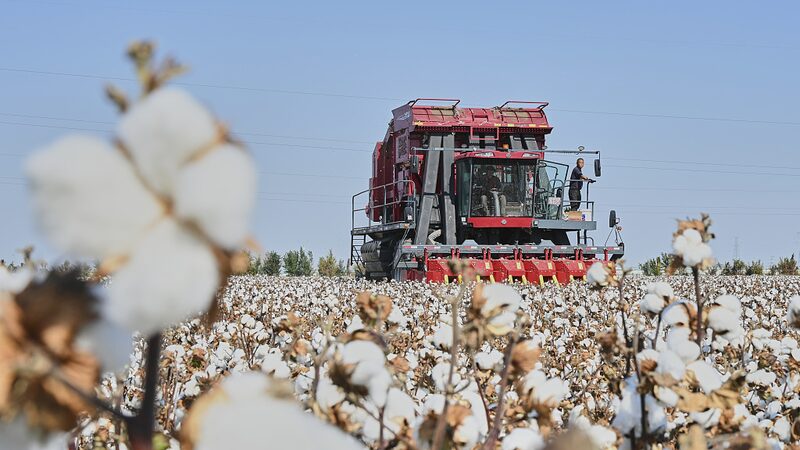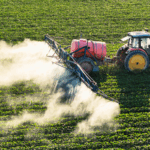In the sun-baked expanses of China's Xinjiang Uygur Autonomous Region, a quiet revolution is unfolding as farmers transform barren desert landscapes into thriving agricultural hubs. This year, innovative projects combining sustainable technology and traditional ingenuity are rewriting the rules of desert survival.
Petals in the Sand
Hotan's rose cultivation initiative, launched in 2024, has entered its second productive season. Farmers report a 40% increase in flowering shrubs compared to last year's trial plantings. "The roses not only survive but thrive in our sandy soil," explains local agricultural expert Meryem Tursun, noting the crop's dual purpose as both a cash flower and raw material for essential oil production.
Fish Where Water Scarce
600 kilometers east in Bayingolin Mongolian Autonomous Prefecture, engineers have achieved what many considered impossible: commercial-scale seafood farming using a closed-loop saline-alkali water system. Recent harvests yielded 15 tons of tilapia and shrimp, with plans to expand operations by 150% in early 2026.
These developments come as part of broader ecological restoration efforts, creating over 3,000 new jobs in the region this year alone. While challenges remain in scaling production, Xinjiang's desert pioneers demonstrate how arid zones could become unexpected contributors to food security and economic growth.
Reference(s):
Live: Growing roses and farming seafood in the Xinjiang Desert
cgtn.com








